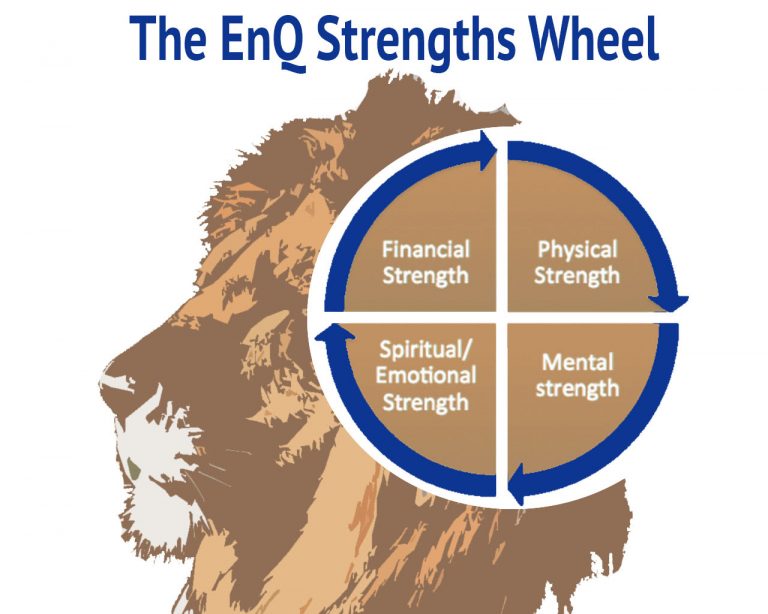
Valuation of a venture deals with all of the mess, uncertainty and possibility that a company’s future holds, and tries to reduce it down to a single numerical figure – its valuation.
Given how incredibly difficult forecasting the future is, investors and buyers will tend to gravitate to certain valuation ‘anchors’. As a company owner, it is critical to understand them, as these anchors can determine, in large part, how the discussion and negotiations around value will be framed.
The main ones are:
1) Discounted Cash Flow (DCF)
Attempts to forecast a company’s future revenue growth, profitability margins and capital expenditure requirements, then takes these projected future cash flows ‘back to today’ to give a valuation figure using a ‘discount rate’ (a measure of risk, somewhat similar to an interest rate).
DCF brings rigor to valuation discussions – assumptions can be flexed by buyer and seller to help them come to a view on value. DCF value tends to be highly sensitive to inputs, meaning investors will surely consider other anchors as well. Still, a DCF under reasonable assumptions significantly adds to the credibility of a company looking to sell or raise money, as it shows you have thought in-depth about your company’s future potential.
2) Multiples
A ‘multiple’ takes a valuation and divides it by some income measure, commonly EBITDA or net profit (for more established and profitable companies) or revenue (for newer, fast-growing and loss-making companies).
A sale price of $5 million for a company making EBITDA of $1 million thus has an ‘EBITDA Multiple’ of 5 million/1 million = 5x. If you know that a 5x EBITDA multiple was used when a similar company was sold, you can use it as a starting point to value your own business, by using your own EBITDA figure and multiplying it by 5.
The problem with multiples is they tend to simplify matters too much – no company is exactly like yours, and size differences, growth rate differences, product differences and many other things all can lead to adjustments up or down. Still, multiples often provide a very good starting point to discussions, and are a useful “sense check” to proposed prices arrived at by other methods.
3) Book Value of Equity or Net Tangible Assets
Valuing a company using historical financial statements is only relevant when what is presented in the statements is close to the realistic commercial selling price of that company’s assets. This could be a fair assumption for companies that hold a lot of property, but most other businesses (especially smaller, faster growing ones) should transact at values hugely different from what is presented by the balance sheet.
Remember, depreciation rates are made-up numbers from the tax department, and “historical cost” is just that: history. Valuation deals with the future, not what was paid in the past for the pieces within a business.
4) Past Valuations
This is particularly relevant for companies in the angel/venture capital space, as often these companies receive funds several times within just a few years. As these companies are notoriously difficult to value using methods such as DCF and multiples, investors will look closely at the values at which cash was invested in the past, with adjustments made for how the business has been performing since then.
5) Break-Up Value
Certain assets within a business can be worth more to an acquirer than the company is worth to them as a going concern – examples of such assets: a customer list, patents, and particularly desirable land or buildings.
The approach to take is to understand how much the assets would be worth to an acquirer (not to the current owner) and to introduce competition into the sale process: the competitive sales process element is vital, as if only one buyer has the ability to unlock this break-up value, then much like an auction with only one bidder, the buyer will not need to pay what that asset is worth to them, only what it is worth to the current owners. Remember to value the other residual assets in the business as well.
6) Replication Value
If you have an asking price of $1 million for your company, it is useful to consider if a new competitor could simply start from scratch and fit out similar premises, build a similar customer base and sell a similar amount of a similarly-priced product for much more or much less than $1 million – after all, depending on the nature of your business, this could be an alternative open to a buyer. Replication value is less important when you have a truly unique feature within your business, which would make what you have built very difficult to replicate by others.
This has been a brief introduction to valuation anchors.
Now your job as a company owner becomes to use them to your advantage in your pitch to sell or secure new investment. Whether you want to draw attention to them or argue why they are less relevant depends entirely on your circumstances.
Nathan Rose is an experienced investment banker and author.
















